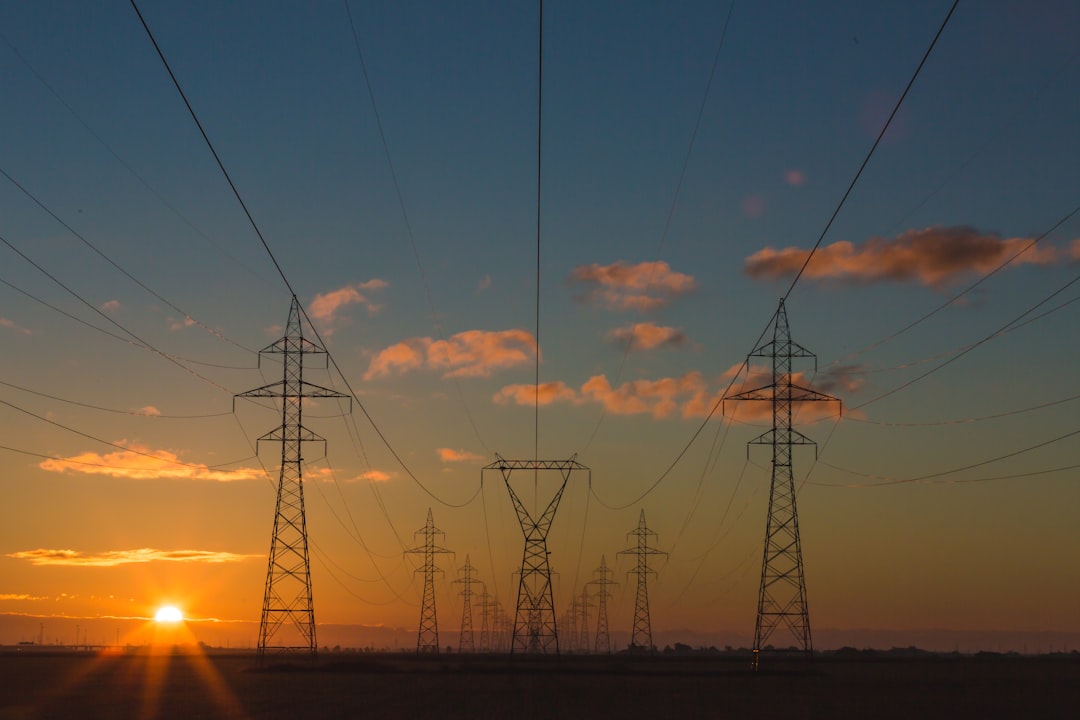A fully decarbonized electric system #9
A super-grid could deliver inexpensive, high capacity, low loss transmission and change our geopolitical landscape.
Future scenario: A world in which electricity is generated without fossil fuels might significantly change the geopolitical landscape.
Solution
Electric power cannot (yet) be economically and easily stored in large quantities. The absence of large storage and the resulting need for second-by-second balancing of power demand and supply makes the integration of large shares of variable renewables like wind and solar tricky. Cryptocurrency miners, whose profit is chiefly determined by low electricity prices, rushed in with their equipment to take advantage of the surplus energy of peak loads that threatened to overload the grid. As electricity travels with the speed of light, a more promising solution would be to smooth out such spikes geographically. One could build a super-grid, which can deliver inexpensive, high capacity, low loss transmission that interconnects producers, and consumers of electricity across vast distances. While it is expensive to upgrade the mostly decades-old grids - which for historical reasons were AC- and build new high-voltage direct current (HVDC), it would significantly reduce transmission losses, which currently stand at 7 %. It would also allow the optimal use of available resources and enable a transition to a fully decarbonized electricity system. In Europe, the abundant wind resources from the North Sea and Spain and the available solar energy from the Mediterranean and North African region would be coupled with hydropower from the Alps and Scandinavia. At any moment, the cheapest energy resources would be used, while the very flexible hydropower plants would do the grid balancing. Furthermore, with HVDC lines more effective wind parks further off the coast could be built, as well as new nuclear power plants far from population centers.

What's missing
Upgrading the grid is very expensive, but given that grid operators are usually (at least partly) state-owned, and capital expenditure would be way below that of oil majors, it is not an insurmountable undertaking. State Grid, China's state-owned electricity utility, which arguably is on the forefront, spent $88bn on HVDC lines in the past decade. Furthermore, expensive equipment like interconnectors is becoming cheaper through technological advancement and most likely considerably through economies of scale. Not every country has as a clear-cut case to invest in a grid upgrade as China, whose majority of hydropower is in the west, and whose main wind source is even further out in Xinjiang province, while its main load centers - like Beijing and Shanghai-are on the other side of the country. China’s first 800,000-volt line connected a dam in Yunnan Province to Shanghai. Upgrading to HVDC allows China to retire nearby coal plants, which were one of the main contributors to the megacities’ notorious smog. Also, China already envisions with its Belt and Road initiative to export energy to Europe. In contrast, past European efforts, like Desertec, have faced political obstacles. However, the EU could use the Covid-19 crisis to supercharge European integration and overcome its internal obstacles and built a SuperSmartGrid, that interconnects its member states' grids with high-voltage direct current (HVDC). By reconsidering its enlargement criteria, - Morocco's bid to join the EU in 1989 was rejected- to include Northern African countries, regional conflicts could be resolved since the benefits of an integrated, decarbonized energy grid would extend to all countries.
Don’t forget to enter our essay competition on “The First Time”, which I run together with “alexandria” magazine.
Thanks for reading
Andreas


